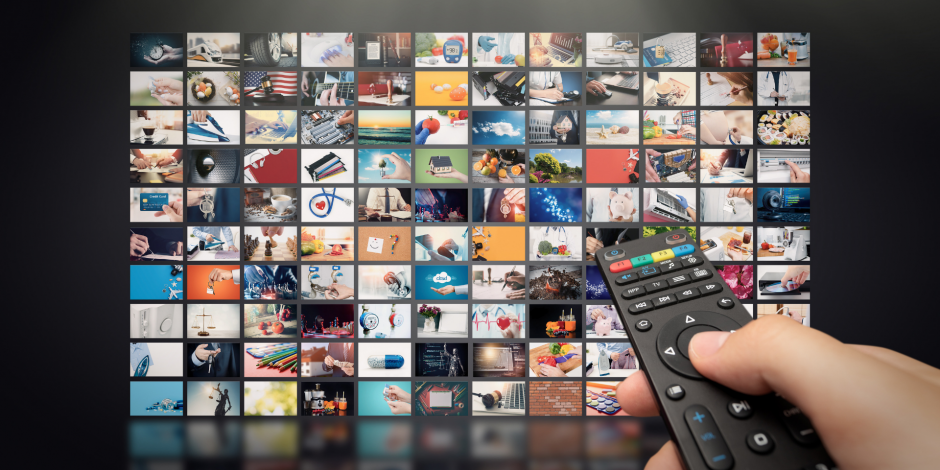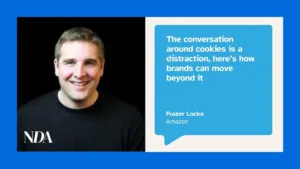By Brad Rees, CEO, Mediacells
Last week the undisputed Streaming Wars victor Netflix got Wall Street in a Full Nelson when it announced a $5 billion rights deal with World Wrestling Entertainment’s (WWE) Raw.
The deal has given Netflix the fireman’s carry it needs to launch an ad-funded smackdown of live, top-of-the-bill WWE shows and specials. Professional wrestling terms aside, the move is another analogue move in the media universe where the audience delays gratification by tuning in at appointed, linear timeslots to watch stuff with ad breaks in the middle.
As TV expert Richard Osman says in the latest installment of Goalhanger podcast The Rest is Entertainment, “This ($5 billion) is about a big a deal as you can get in Hollywood and it’s done between a company that used to send CDs through the post and a company that we think of as men in Spandex, throwing each other round a ring.”
The deal will put Raw, currently attracting 17.5 million unique viewers per year, on the streaming platform across the U.S., Canada, Britain and Latin America.
The death of Netflix, as reported a year or so ago, has been much exaggerated and the streaming pioneer is bossing revenue, profit, subscribers and continues to demonstrate an uncanny ability to make game-changing commercial decisions.
Audiences will flock to the ad-funded Netlix bundles exclusively for high camp WWE shows, which could attract new Gen Z eyeballs, who have recently demonstrated their patience waiting for their weekly fix of BBC blockbuster game show Traitors and the genius meme cascades.
We will have to wait until January 2025 for Raw on Netflix – but not so long until the Super Bowl, when the Kansas City Chiefs play the San Francisco 49ers on February 11.
The north American sports-cultural event is not a Netflix field goal yet but with last year’s 115 million audience breaking all previous records it is perhaps only a matter of time before the NFL wakes up and hears the ‘Tudum’.
Just as Netflix pioneered the sports adjacent streaming format (a way of getting docuseries fans into sports + vice versa e.g. Drive to Survive) the Super Bowl has been conflating the sports and entertainment advertising dollar since 1972, when jazz goddess Ella Fitzgerald sang Mack the Knife in a salute to Louis Armstrong who had died the previous year.
This year the 115 million number will be smashed out of the park because of the enduring romance of the Chiefs’ tight end Travis Kelce with Time Magazine’s “Person of the Year” and pop superstar Taylor Swift.
In much the same way that US viewers are keener on Formula 1 racing, since Drive to Survive, so, according to the Times, has Tay-Tay’s regular face-in-the-crowd season game appearances attracted more women to follow the NFL.
The story arc is huge given that Ms Swift will be in Tokyo the day before the Super Bowl as part of her Eras Tour, her most ambitious extravaganza yet, with 151 shows across five continents. It is a giant carbon foot-dump she would have to make in order to get to the Allegiant Stadium by kick-off time but it would be worth it, for the NFL at least.
Last quarter, Ms Swift attended the Chiefs’ win over the New York Jets, which was the most watched Sunday show since the Super Bowl, averaging 27 million TV viewers, according to NBC Sports.
After the Jets game, the NFL’s Instagram bio read, “chiefs are 2-0 as swifties,” while its bio on X read, “NFL (Taylor’s Version).”
The NFL was quoted on ESPN in October after the bio takeover, “We frequently change our bios and profile imagery based on what’s happening in and around our games, as well as culturally. The Taylor Swift and Travis Kelce news has been a pop cultural moment we’ve leaned into in real time, as it’s an intersection of sport and entertainment, and we’ve seen an
incredible amount of positivity around the sport.”
CBS 30-second advertising slots are going, going gone! for a reported $7 million a pop, attributed in part to the ‘intersection of sport and entertainment’.
Lean into that!









